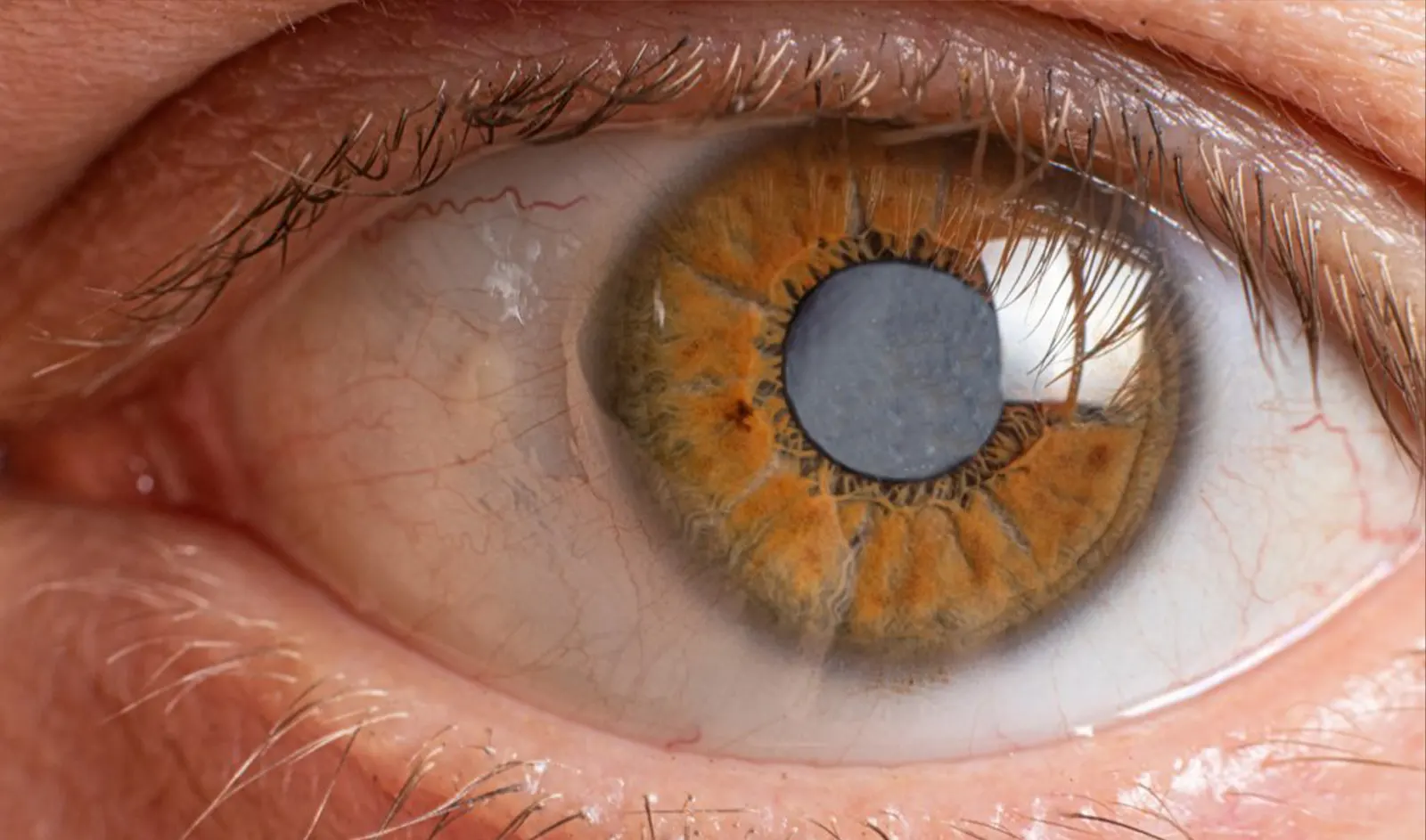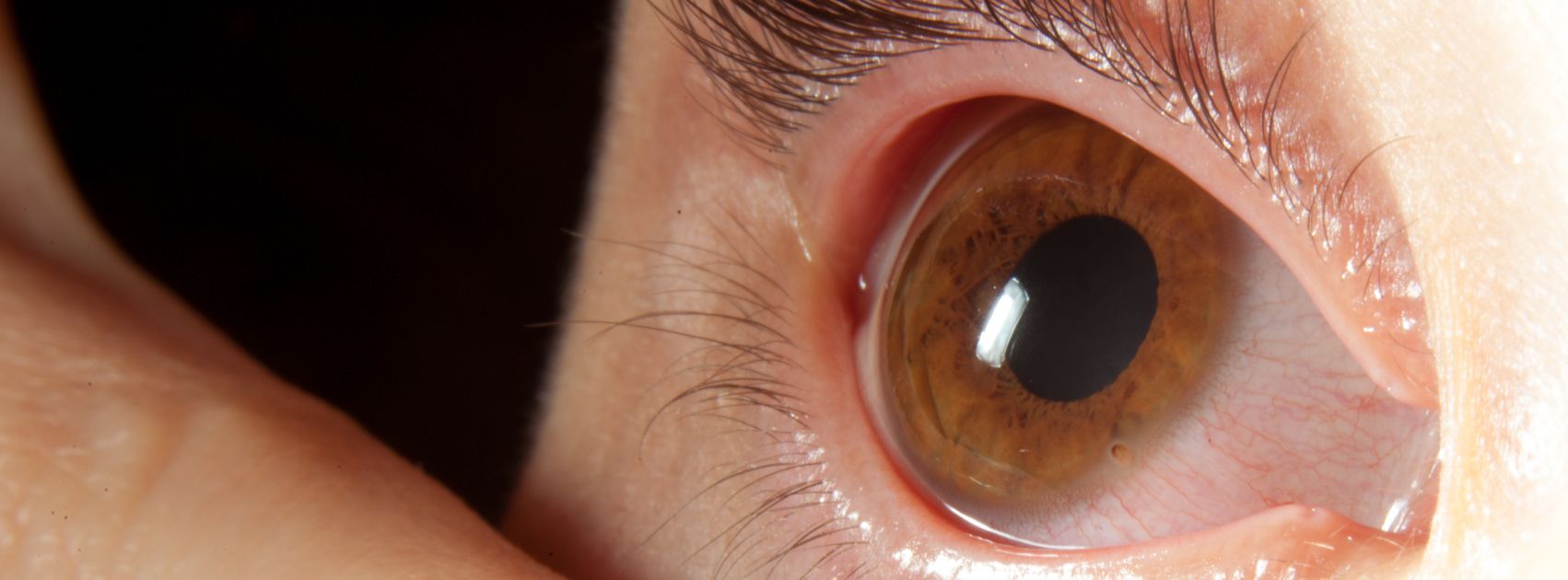In the dynamic world of eye care, keratoconus treatment has become a focal point due to the condition’s impact on individuals’ vision and life quality.
Traditionally, methods like Radial Keratotomy (RK) and Anterior Keratotomy (AK) have managed keratoconus, a disorder that causes the cornea to deform into a cone shape. These methods tried to fix nearsightedness by changing the shape of the cornea. But they often caused problems because the cornea became uneven, leading to blurry vision.
Recognizing the limitations of traditional surgeries, the CREATE Protocol (Corneal Repair Epithelium and Topography Enhanced) emerges as a revolutionary keratoconus treatment. This advanced technique, which integrates topographic guided ablation, precisely addresses the corneal rough spots overlooked by previous methods. By focusing on the areas masked by the epithelium, the CREATE Protocol promises a smoother corneal surface, paving the way for improved vision correction.

Delving into the CREATE Protocol for keratoconus treatment, it’s crucial first to grasp keratoconus itself and its effects.
Keratoconus marks a progressive eye disease where the normally round cornea thins and bulges into a cone shape. This condition exhibits varying progression rates among individuals, impacting the quality of life as it advances.
Eyeglasses or soft contact lenses might correct early keratoconus in the disease’s progression journey. However, as keratoconus advances to more severe stages, these solutions become inadequate, requiring other treatments like gas permeable contact lenses, corneal collagen cross-linking, or corneal transplant surgery to manage the condition effectively.
Researchers believe that a combination of genetic tendency and environmental triggers plays a role in the development of keratoconus. Early detection and consultation with an eye doctor are pivotal in managing keratoconus, allowing for interventions like the CREATE Protocol and other treatments to halt the progression of the disease.
The evolution of keratoconus treatment offers hope and improved outcomes for those facing this condition. Supported by the expertise of keratoconus specialists and tailored treatments such as ring segments for advanced keratoconus, patients can now look forward to better vision and quality of life. These advancements underscore the importance of reducing the risk factors associated with keratoconus, advocating for proactive management and care for those affected. The strides made in the field of ophthalmology promise a brighter future for individuals navigating the challenges of keratoconus.
The journey through the CREATE Protocol unfolds in two critical phases. The first phase targets the primary concern of keratoconus—corneal unevenness. This approach not only repairs the structural integrity of the cornea but also anticipates potential hyperopia from the initial incisions.
The second phase, which happens months later, adjusts the cornea’s strength to fix vision problems for patients.
During the healing process, options like soft contact lenses or glasses become vital tools for patients, easing the transition towards optimal vision. Having cataract surgery at the right time can improve the results of keratoconus treatment for people with advanced cataracts. This is because it ensures smooth follow-up care.
The innovation of the CREATE Protocol signifies more than just a surgical breakthrough; it represents a holistic advancement in the approach to keratoconus treatment. By addressing the root causes of the disease and utilizing cutting-edge techniques such as corneal collagen cross-linking and the application of UV light, this protocol offers hope to those previously facing the prospect of corneal transplant surgery.
Special contact lenses, such as gas permeable and scleral lenses, are crucial for managing keratoconus after treatment. These lenses highlight the importance of personalized care for individuals with this condition. Personalized care is necessary to ensure the best outcomes for those with keratoconus. These vision correction tools play a crucial role in achieving the best possible visual outcomes.
Understanding keratoconus and its treatment options is vital for patients and their families. Awareness of the disease’s progression, the importance of family history in diagnosing keratoconus, and the innovative treatments available can empower individuals to request an appointment with a keratoconus specialist. By doing so, they take an essential step towards preserving vision and improving life quality.
The CREATE Protocol’s success in treating keratoconus and other corneal conditions illustrates the leaps made in ophthalmology, offering patients a brighter, clearer future.
The journey through keratoconus and its treatment underscores the importance of innovative approaches like the CREATE Protocol, which have transformed the landscape of eye care.
As we navigate the complexities of keratoconus it’s clear that a collaborative effort between patients, families, and specialists is essential for achieving the best outcomes.
The CREATE Protocol not only offers a ray of hope for those grappling with the challenges of keratoconus but also represents a significant stride forward in eye care. By leveraging advanced techniques and personalized treatment plans, we can ensure that individuals affected by keratoconus can enjoy improved vision and a better quality of life.
If you or someone you know is experiencing symptoms of keratoconus or is in search of effective treatment options, don’t hesitate to reach out. Visit Cornea Revolution to learn more about the CREATE Protocol and to schedule an appointment with a keratoconus specialist. Together, we can embark on a journey towards clearer vision and a brighter future.
Take the first step towards reclaiming your vision. Contact us today, and let’s discuss how the CREATE Protocol can tailor a treatment plan suited to your unique needs. Your journey to better vision starts here, with Cornea Revolution leading the way.

Cataract Surgery is the most performed surgical procedure in the United States, and has a phenomenal track record for improving…
Read More
The treatment of trauma with topographic-guided ablation depends on the level of scarring caused by the trauma, the position of…
Read More
Technically, the treatment of high myopia (-9 to -16 diopters of correction) or high hyperopia (+3 to +6 or more)…
Read More